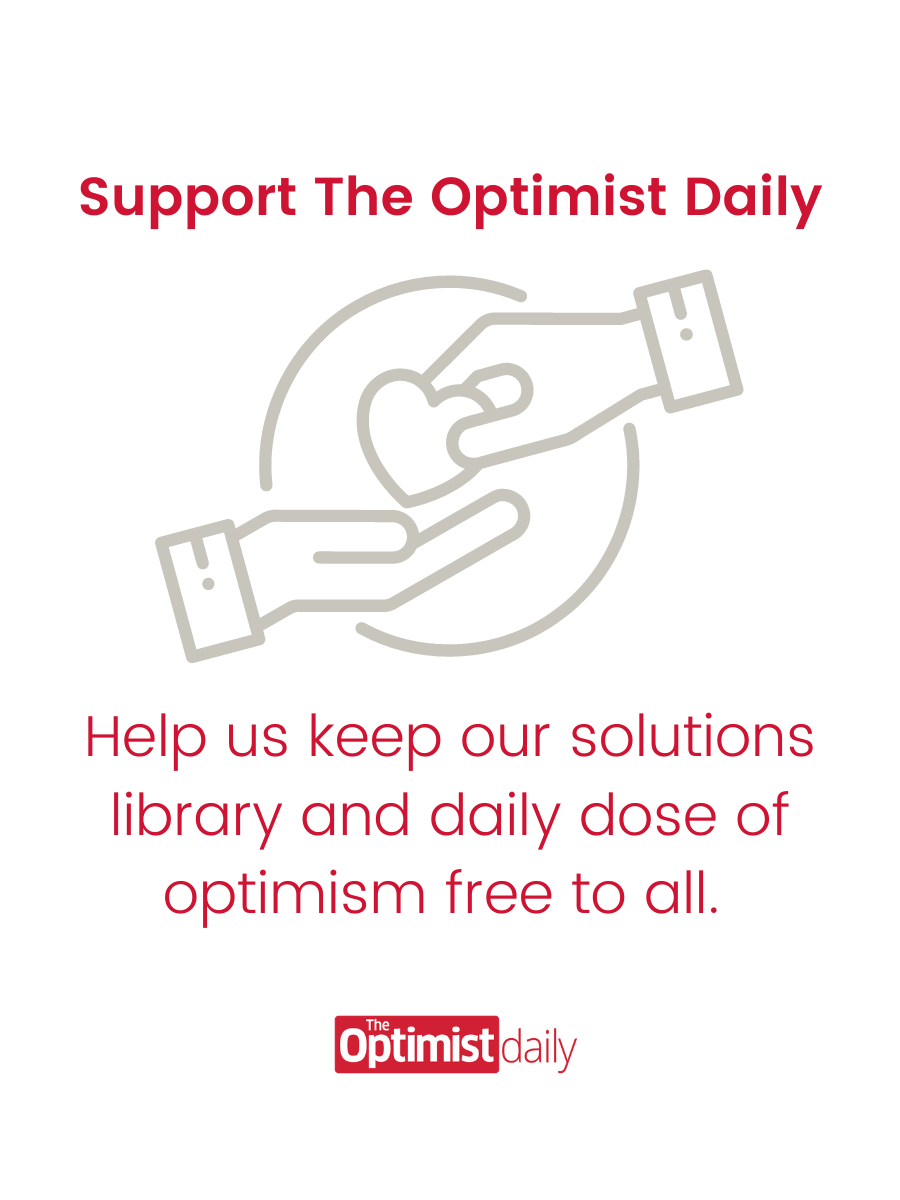During the coronavirus pandemic, the Optimist Daily has been dedicated to sharing solutions and the stories of human ingenuity behind them. Most recently, we wrote about an all-girl robotics team in Afghanistan that is working quickly to make ventilators using old car parts.
Today, we bring you a story out of Pennsylvania where engineers have come up with a clever solution to the shortages of N95 masks that medical workers need. They have created an octagonal machine that uses powerful UV-C lights to decontaminate about 200 N95 masks with just 15 minutes of ultraviolet light exposure. That works out to about 600 masks per hour. Although it’s better not to reuse masks, the shortage of masks makes it necessary at this desperate time.
A team of engineers from Lehigh University and experts from St. Luke’s University Health Network collaborated to build the device—which is technically named the “High-Throughput Symmetrical and Non-Shadowing Ultraviolet Sterilization System”—together in just over two-and-a-half weeks, They designed it over Zoom meetings and coordinated socially distant drop-offs of materials and assembled sections, which were put together at the hospital by St. Luke’s biomedical engineer Jay Johnson.
The design of the system is complex because decontaminating masks isn’t as simple as just shining a UV-C light on them. “One of the really important things when focusing on these masks is that they have all sorts of nooks and crannies and crevices that create shadows,” Roscher says. “If the design doesn’t consider all those things, you can leave parts or significant portions of the mask unexposed or underexposed.”
The device’s octagonal shape and internal reflectors—made of polished diamond-plate aluminum—bounce the light around the device to allow for that uniform exposure, making sure the UV-C light hits all the surfaces and folds of the masks that just an overhead light may miss. Each of the eight sides of the frame can rotate, allowing staff to flip the masks in batches so both sides get decontaminated, rather than having to step inside and flip them all by hand.
As the pandemic, hopefully, begins to wane and health workers can come up for air, he hopes we’ll learn more about the effectiveness of this UV method—including exactly how many times a mask can be decontaminated and still be safe to use—so that hospitals are more prepared for a possible second wave.












